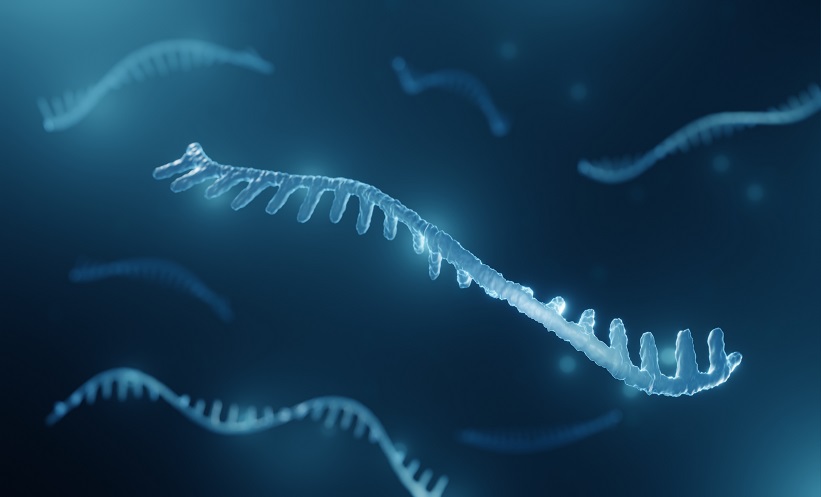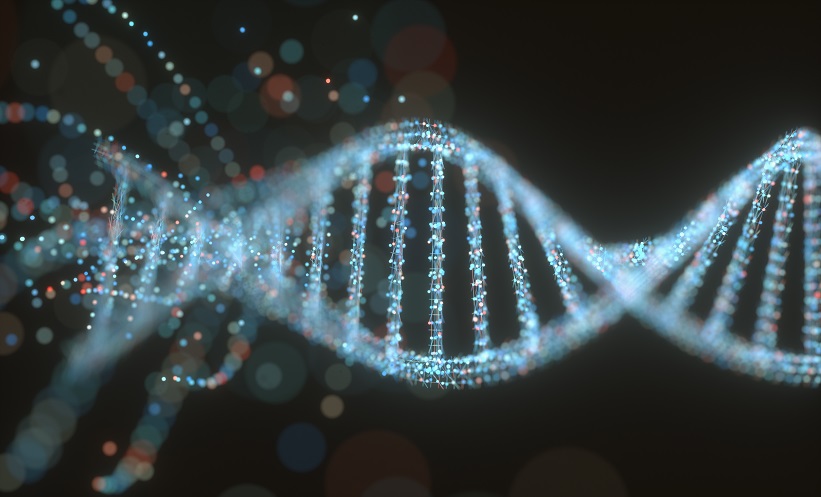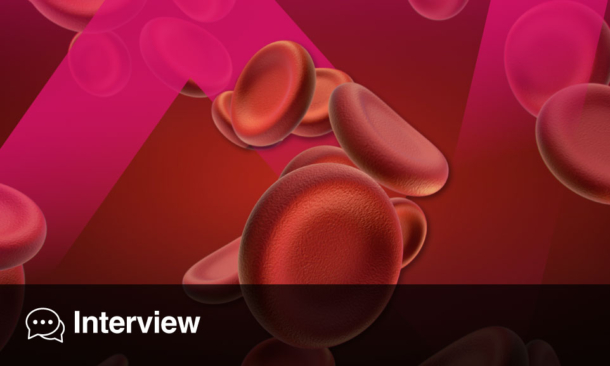A GROUNDBREAKING study, presented by Roberta Gualtierotti at the EAHAD 2024 Annual Congress, has identified unique microRNA (miRNA) expression patterns that could serve as non-invasive biomarkers to distinguish different stages of haemophilic arthropathy. This poster was awarded second place at the congress.
Haemophilic arthropathy, a condition caused by repeated joint bleeding in patients with hemophilia, leads to progressive joint damage and disability. Characterising the miRNA landscape in these patients may offer insights into the condition’s progression and help guide treatment strategies.
The research, led by experts from the Università degli Studi di Milano and the Angelo Bianchi Bonomi Haemophilia and Thrombosis Center analysed plasma samples from 62 patients with hemophilia A. These patients presented with varying degrees of joint damage, including acute joint bleeding, active synovitis, chronic synovitis, and haemophilic arthropathy. The diagnosis of these different joint conditions was made by orthopaedic evaluation and ultrasound imaging.
Notably, specific miRNAs such as hsa-miR-589-5p and hsa-miR-374b-5p were downregulated in joint bleeding cases (p=0.01 for both) compared to arthropathy without active synovitis. Conversely, other miRNAs like hsa-miR-193b-5p were upregulated in cases of active synovitis (p=0.02). These biomarkers corresponded to pathways involved in inflammation and joint damage, such as oxidative stress and osteoarthritis. The study suggests that these miRNA signatures could potentially be used alongside ultrasound imaging or in place of it when ultrasound is unavailable.
The researchers believe that these findings open the door to new, non-invasive diagnostic tools and therapeutic targets for haemophilic arthropathy, paving the way for improved patient management and care.
Helena Bradbury, EMJ
Reference
Gualtierotti R et al. Abstract PO039. Presented at EAHAD 2025 Annual Meeting; Feb 4-7, Milan, Italy.







